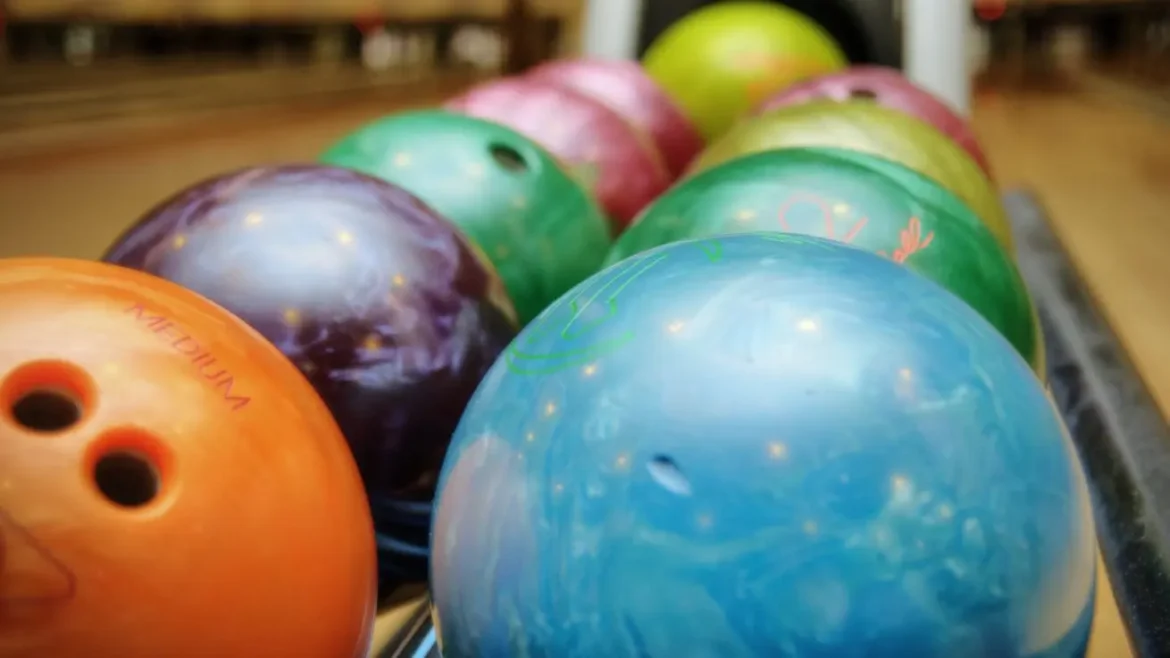What are bowling balls made of? Can you believe that bowling has been around for thousands of years? Remnants of this world-renowned sport have been found in ancient Egypt, dating back almost 5,000 years.
For centuries, various civilizations have created incredibly different versions of bowling. Of course, the equipment used for the sport has evolved over time, and bowling alleys are a relatively new invention. So, how are modern bowling balls made and what are they made of?
From the 1800s until 1990, bowling balls were comprised of a three-layer structure. A mold was filled with dense material, followed by less dense material filling the inside of the first layer, with a final 1-inch layer poured over it.
Since Faball Inc. began manufacturing bowling balls in 1990, they pioneered the modern-day two-layer bowling ball. Here’s how it’s done:
- Construct the core: Like the older versions of bowling balls, a core is made and then filled with another material to create a sphere.
- Make the shell: After removing the spherical core from its mold, it is placed into a coverstock mold, affixed to a pin to keep the core in place. More coverstock material is then poured over the sphere for encasement.
- Once the ball is removed from its coverstock molding, a hole appears where the pin once was. This is filled with a plastic dowel followed by material filling the imprint.
- Finish: Shaving, resurfacing, sanding, and polishing are the last steps to creating the perfect bowling ball.
Centuries and decades ago, bowling balls were crafted from a durable wood called Lignum vitae. However, in 1905, the first rubber band ball, known as the Evertrue, was made. Almost a decade later, a company called Brunswick Corporation created a Mineralite rubber ball. The first polyester ball was made in 1970, followed by urethane in the 1980s and resin in the 90s.
Overall, bowling balls can be made of three different types of coverstock materials – polyester, urethane, and resin (reactive urethane).
The least expensive material, polyester, doesn’t give as much hook since it’s unaffected by the oils on the lane. Sitting at a moderate price is urethane, offering more hook ability than polyester but less upkeep than resin. And coming in at the most expensive material is resin, offering more durability and hook power.
As for the core, materials like barium or bismuth graphite are combined with resin to create either a ceramic or plastic-like material. Track Inc., a bowling ball manufacturer, states that fired ceramic balls are more powerful because they do not absorb energy like graphite or plastic. Sometimes, iron oxide is used to create a better center of gravity at the core.
At Stars & Strikes Getaway-n-Play, there’s something for you and the whole family! From league bowling to laser tag, bumper cars, and more, you’re certain to have fun on these hot summer days. We provide shoe rentals and bowling lane reservations to make your visit hassle-free.
Visit one of our locations in Alabama, Georgia, North Carolina, South Carolina, or Tennessee to start planning your bowling experience!

